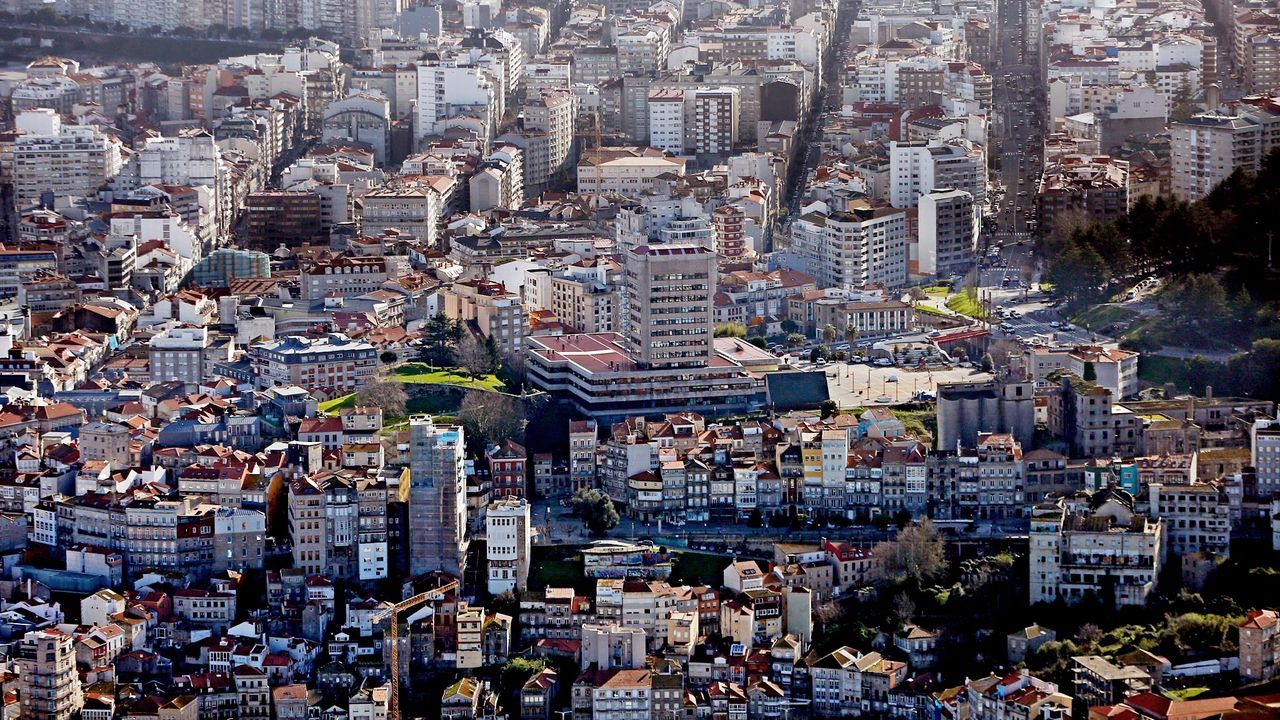The Galician Municipal Observatory reflects the inability of the capital of Ourense to spend its income due to the prolonged lack of updated budgets.
Oct 18, 2024 . Updated at 1:31 p.m.
The ability to approve or extend municipal budgets makes a difference in the municipal accounts of Galician cities. Vigo and Ourense present both extremes, according to the latest report from the Galician Municipal Observatory of the Localis Networkwhich place the first as the one that enjoys greater financial health of Galiciawhile the capital of Ourense shows difficulties due to the political instability suffered in recent years. The study measures solvency based on five parameters: financing capacity, remaining treasury, pending payments to suppliers, ratio of debt to current income and ratio of remainder to current income, which allow a detailed view of the economic situation of each city.
The report highlights that both Santiago and Vigo have not had to resort to budget extension since 2011 (Pontevedra only did so in 2023), which makes “better management” possible. In the case of Vigo, the stability of the local government, with the socialist Abel Caballero being mayor for 17 years and the last nine with an absolute majority, has allowed the municipal accounts to be carried forward each year. This situation has contributed to managing the balance of income and expenses more efficiently, so that The debt ratio is 0.1% of your current incomewhile in 2011 it rose to 21%. In addition, the city has a positive cash balance of 491.6 euros per capitawhich allows you to cover your financial commitments and undertake investments without depending on debt.
The councils report being “on the verge of collapse” due to lack of financing
Manuel Varela
On the contrary, Ourense is the municipality that faces the greatest financial difficulties. Since 2014, the city has extended its budgets every year except in 2020. This situation has generated a high treasury surplus, with 1,168 euros per capita, but it has not been able to be used effectively due to the absence of an updated budget. . The report warns that this accumulation of resources It does not imply good management, but quite the opposite: the lack of capacity to spend them for the benefit of citizens. Furthermore, Ourense has one of the highest financing needs per capita, with -47.2 euros, which reflects a deficit in its accounts. In 2017, its financing capacity (the difference between non-current income and expenses) amounted to 310 euros.
In this area, Santiago leads the financing capacity with 78.3 euros per neighbor, showing a high capacity to finance expenses with ordinary resources. They are followed by Vigo (74.3 euros), Pontevedra (56.7) and A Coruña (53.1). In the case of the latter, their accounts presented a better situation seven years ago, with 75.2 euros per person. In Ferrol, this capacity is very limited with only 11 euros per person. The remaining treasury, which reflects the capacity of the municipalities to cover their debts at the end of the year, also places A Coruña with liquidity problemsbeing negative by 21.4 euros per capita. It is the only Galician city that shows this deficit; while in Vigo it amounts to 491.6 euros.
Santiago and Pontevedra top the list of municipalities with higher pending payments to supplierswith 117.4 and 88.7 euros per inhabitant, respectively. At the other extreme, Lugo and Vigo present the lowest figures, with 16.8 and 25.4 euros. Regarding debt over current income, Vigo has managed to practically eliminate its debt, a ratio that has also been reduced in A Coruña by thirteen points, although it still stands at 22%, making it the most indebted city. The remainder of Ourense’s current income reaches 118%, a very high percentage due to the city’s inability to spend its income due to the prolonged lack of updated budgets.
